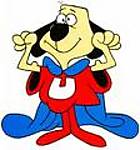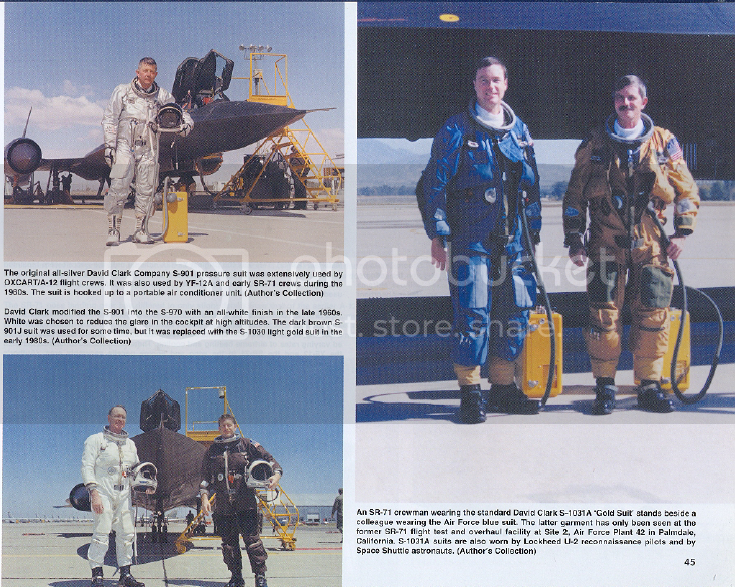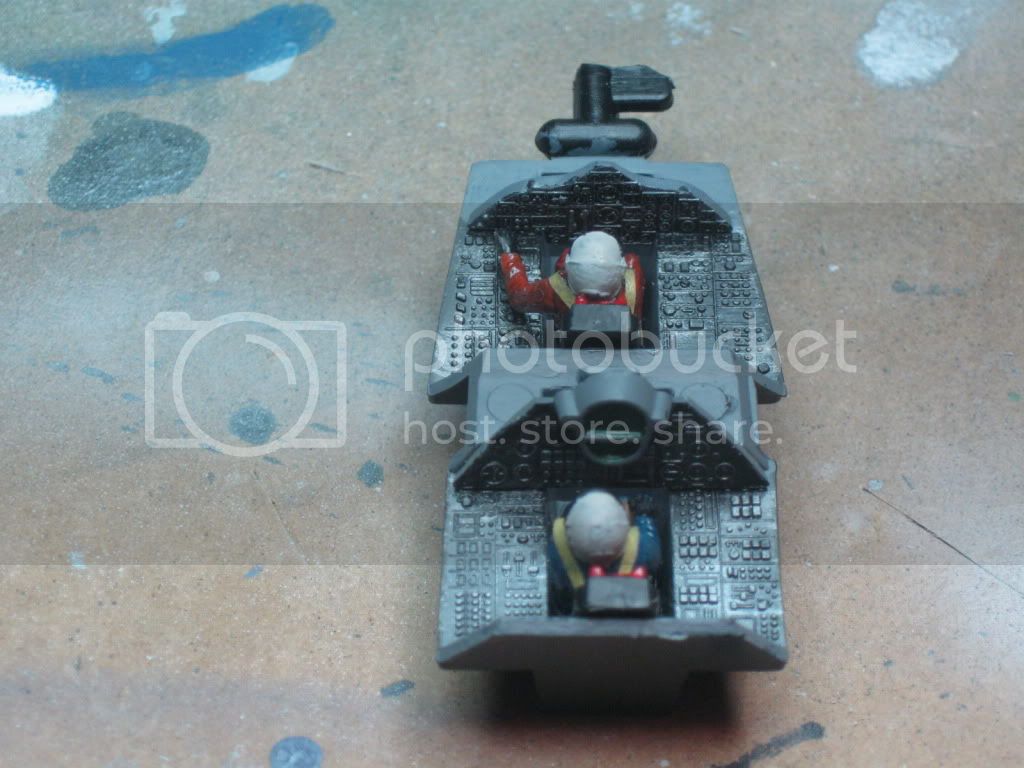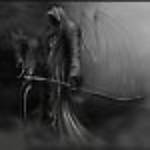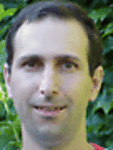"Reconnaissance in a Class of One"
History
When I think of the Cold War I can't help but think of high flying spy planes.
In 1957, plans were drawn up for a high flying reconnaissance spy plane, The CIA was the backer behind the project. They wanted something that could reach anywhere in the world in a matter of hours and have the photos lying on someone's desk by lunch.
The results was the SR-71 Blackbird or Habu. It was capable of an altitude of 90,000 ft. and Mach 3.2+ speed, faster than a rifle bullet. In 1968, the first SR-71s went into service at Kadena, AFB in Okinawa, Japan. The SR-71s also operated out of two other bases bases: Beale Air Force Base, California and Mindenthall, UK. Most of the missions were flown out of Kadena.
The plane was tough to land. Of the 32 Blackbirds built, 11 crashed on landing. On the other hand, it was safe to fly. Over 1,000 attempts were made to shoot them down, but not a single plane was lost to enemy action or mechanical problems. In 1968, a presidential order required that all molds and tools used to build the SR-71 be destroyed so that the plane could never be built by anyone again. This also meant that spare parts could not be made, so if there were any major problems, planes in storage would have to be cannibalized. In 1990, the SR-71 fleet was decommissioned at Beale AFB. Five years later, three of the planes were returned to service, but it cost $140 million a year to keep them flying. The Air Force felt the money could be better used, so the plane was taken out of service
The Model




SR-71 Fun Fact
Did you know The SR-71 Blackbird is the fastest aircraft in the world to take off under its own power.
Originally I wanted to do aircraft tail number 17972 "Charlie's Problem" which had a picture of a pregnant Lucy on the tail. Alas I can't locate the custom decals anywhere and I haven't progressed to the point where I can make my own.
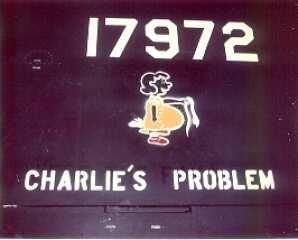
So I will be going with one of the kit options, 17978, Playboy Bunny. Who doesn't like a playboy bunny? :oops:

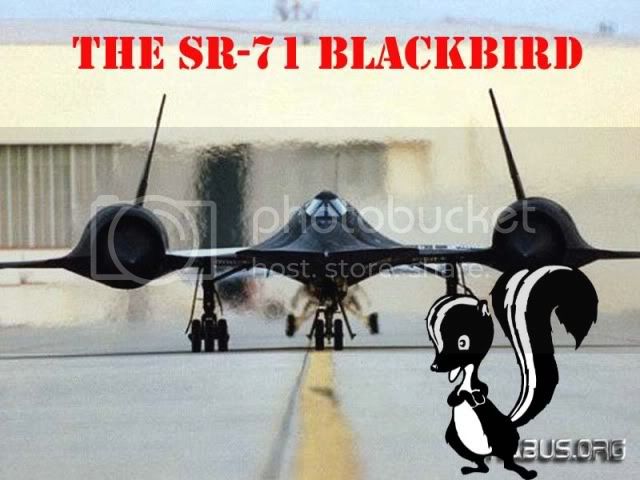
Blackbird Specifications
Primary Function: Strategic Reconnaissance
Contractor: Lockheed-Martin Skunkworks
Crew: Two
Unit Cost: $34 Million per Airframe
Powerplant: Two Pratt and Whitney J-58 axial-flow turbojets with afterburners, each producing 32,500 pounds of thrust
Speed: over Mach 3.2 / 2,000 mph (3,200 kph)
Ceiling: over 85,000 feet (26,000 m)
Range: over 2000 miles (3200 km) unrefueled
Armament: NONE
Number of SR-71's built:50 Blackbird airframes of various designations
SR-71 Fun Fact
The Blackbird is painted with a black paint that consists of a pigmentation containing minute iron balls. These dissipate electro-magnetically-generated energy and effectively lower the chances of the plane being picked up by radar. The special black finish also wards off heat caused by high speeds and actually radiates significantly more friction-generated heat than it absorbs at cruising speeds of Mach 3
The Model
Going through the parts some things stand out.


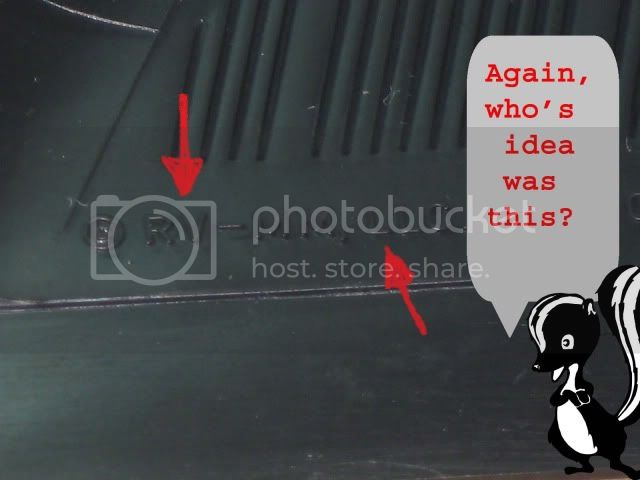
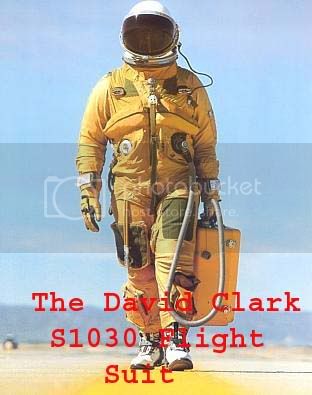
David Clark S1030 Suit
A fully enclosed suit with a double zippered rear entry, it had enclosed feet at the bottom of the legs, full-length sleeves with metallic rings and a locking mechanism that acted as a connecting point for the gloves. The head opening had another metallic ring with a locking mechanism that served as a connecting point for the helmet. The second component was the helmet, the third were the gloves and the final component was the torso harness, which was part of the egress and survival systems that was worn over the suit itself. Standard flight boots were worn with the ensemble, the only difference being that the boots were a full 2 – 2.5 sizes larger to accommodate the feet of the suit when inflated.


SR-71 Ejection Seats

This photo doesn't do justice to the panels. The cockpit was painted ghost gray, the instruments and panels were painted black and then dry-brushed with aluminum.





